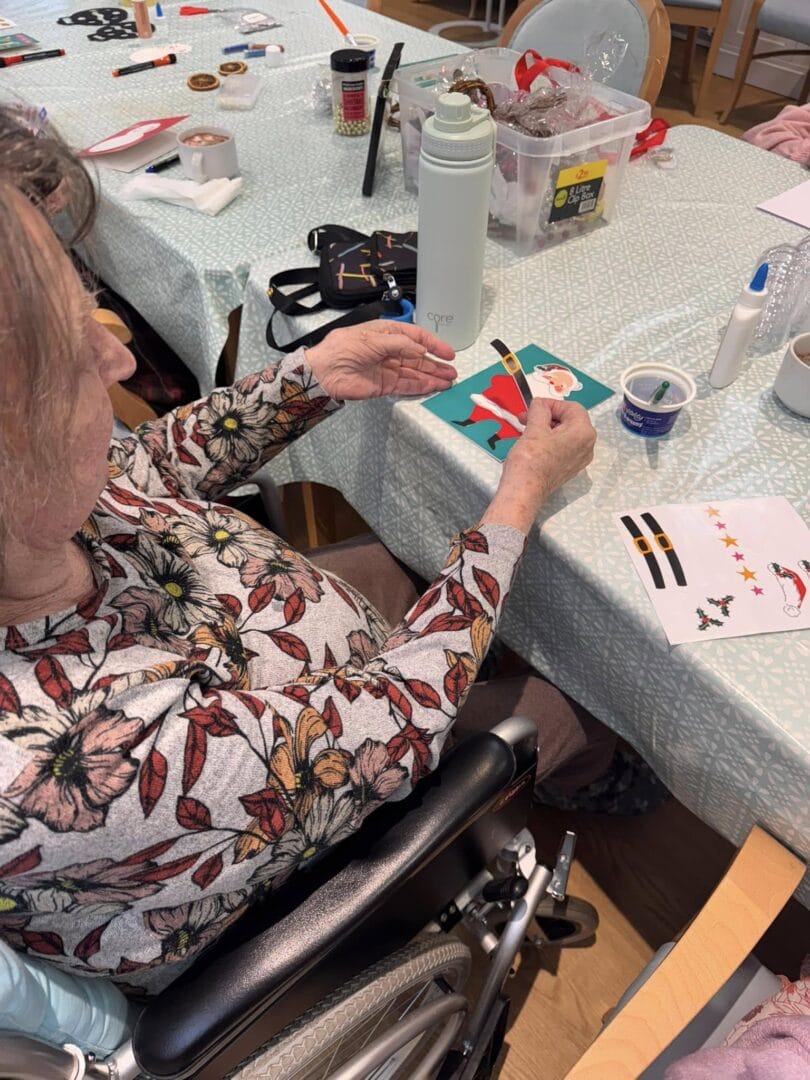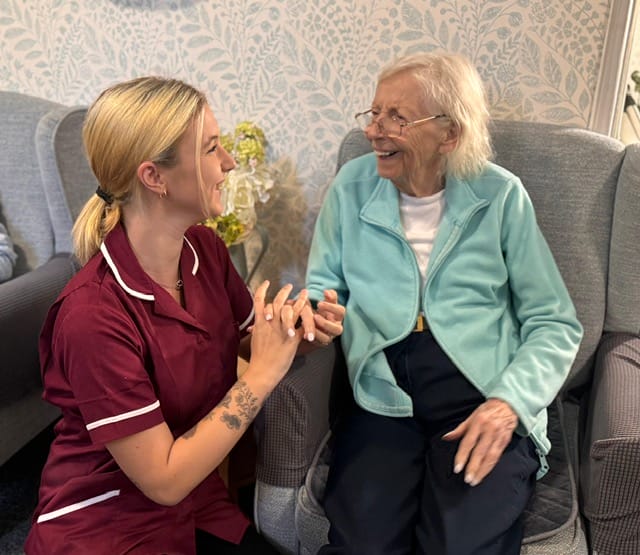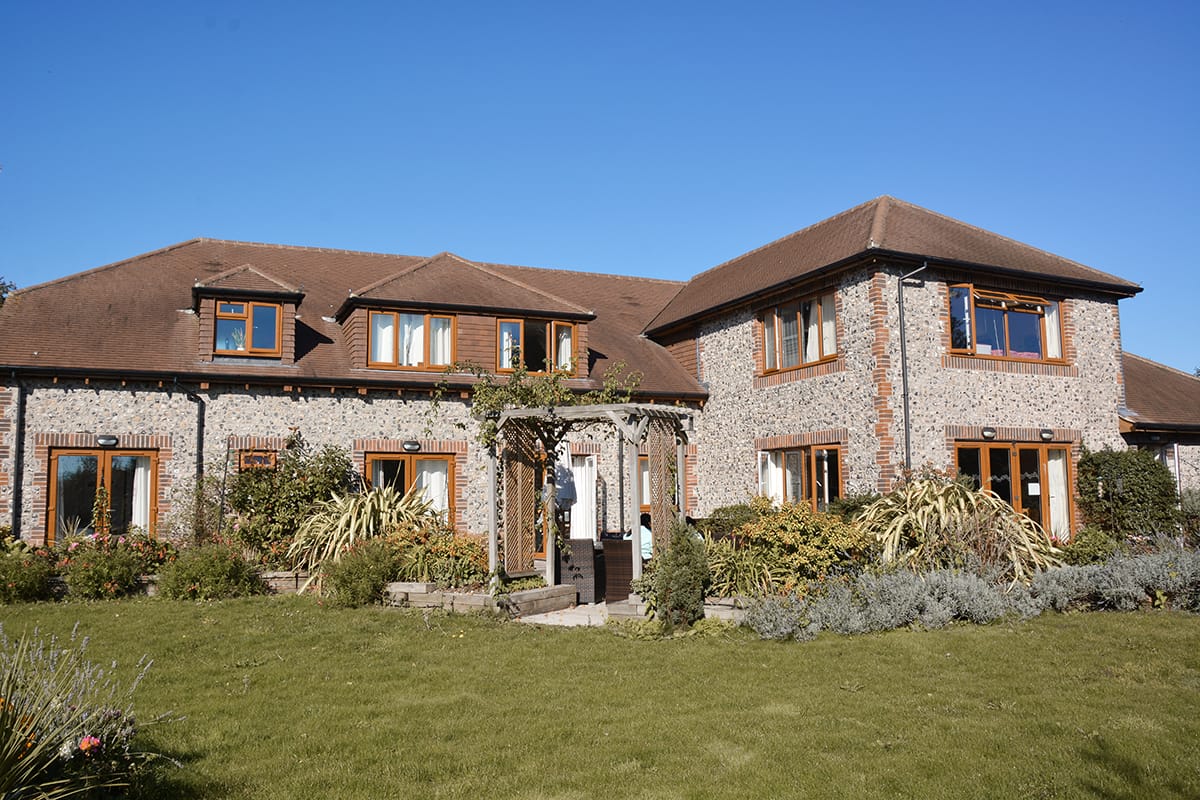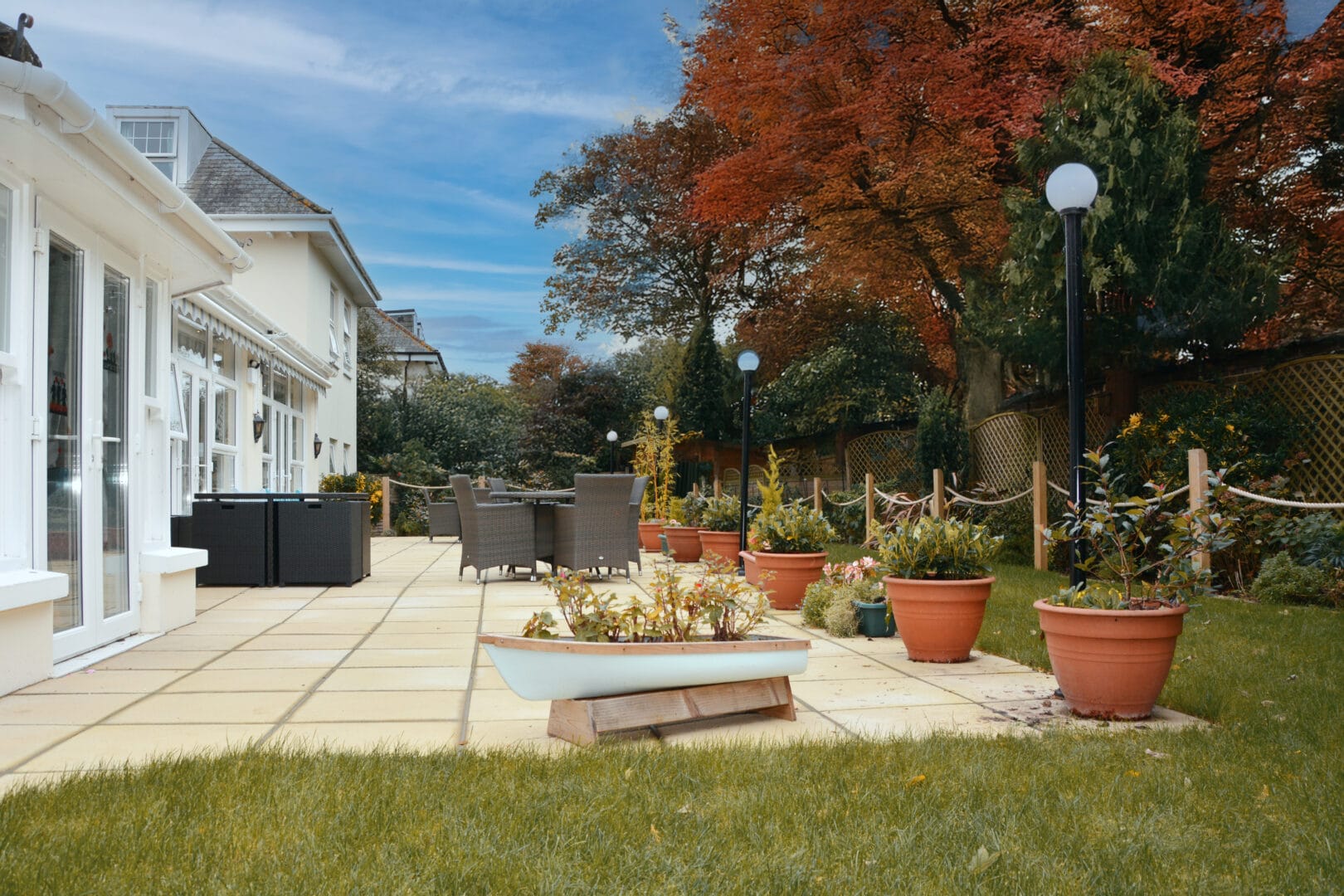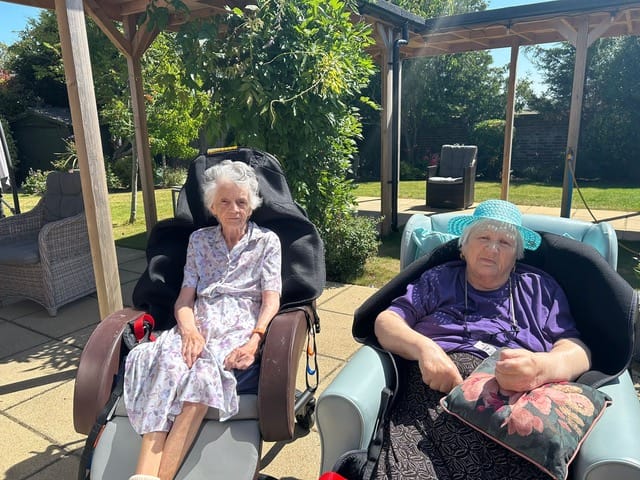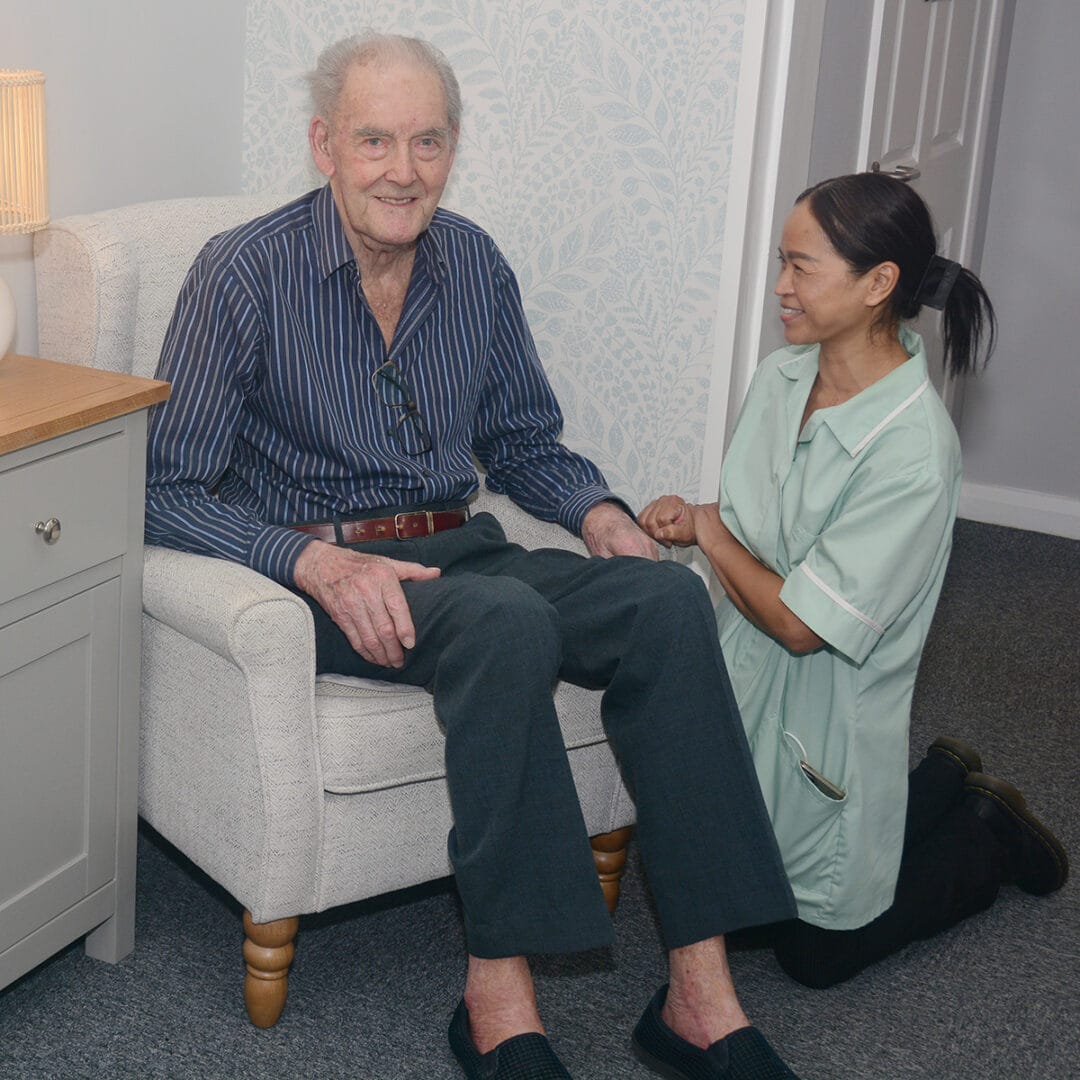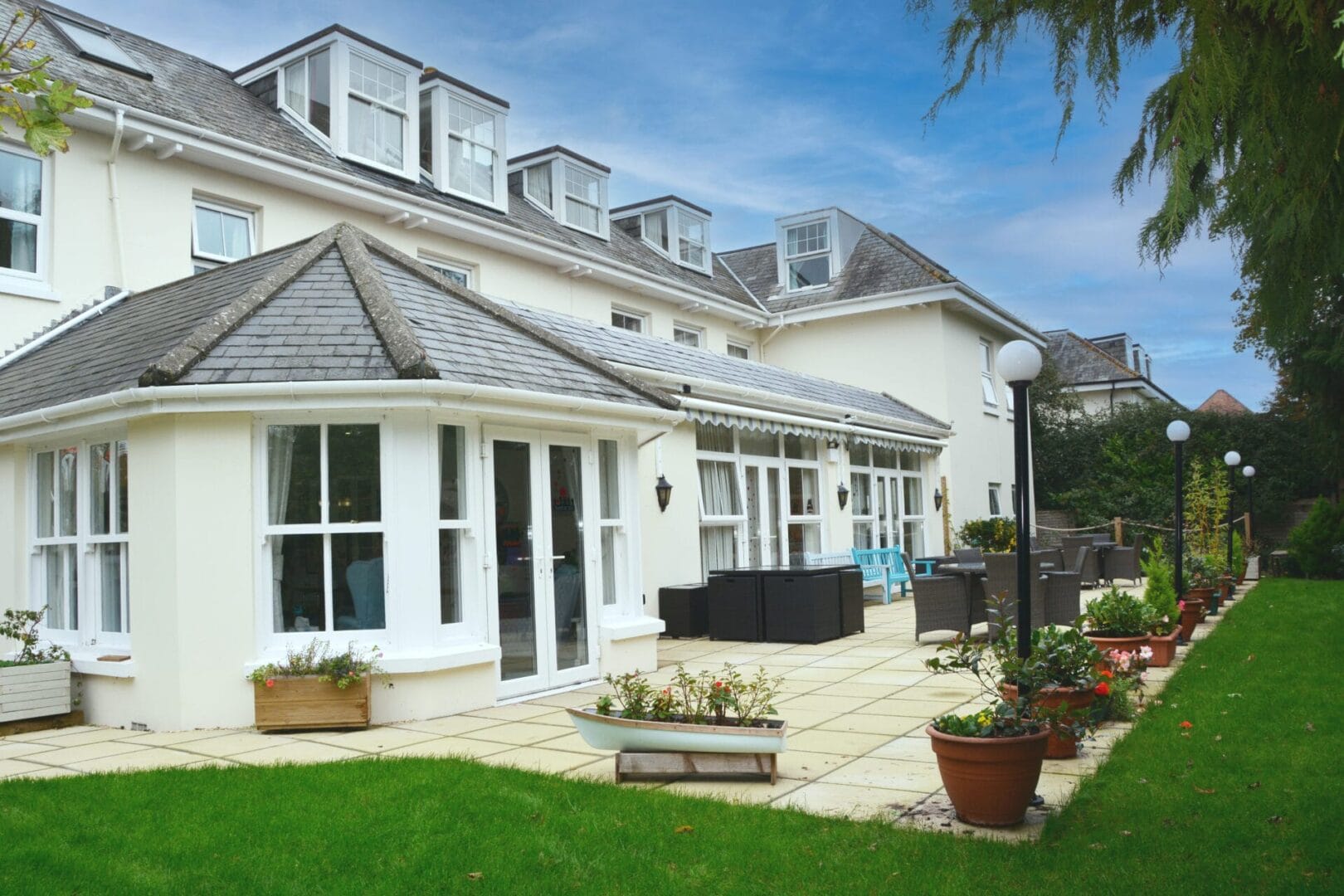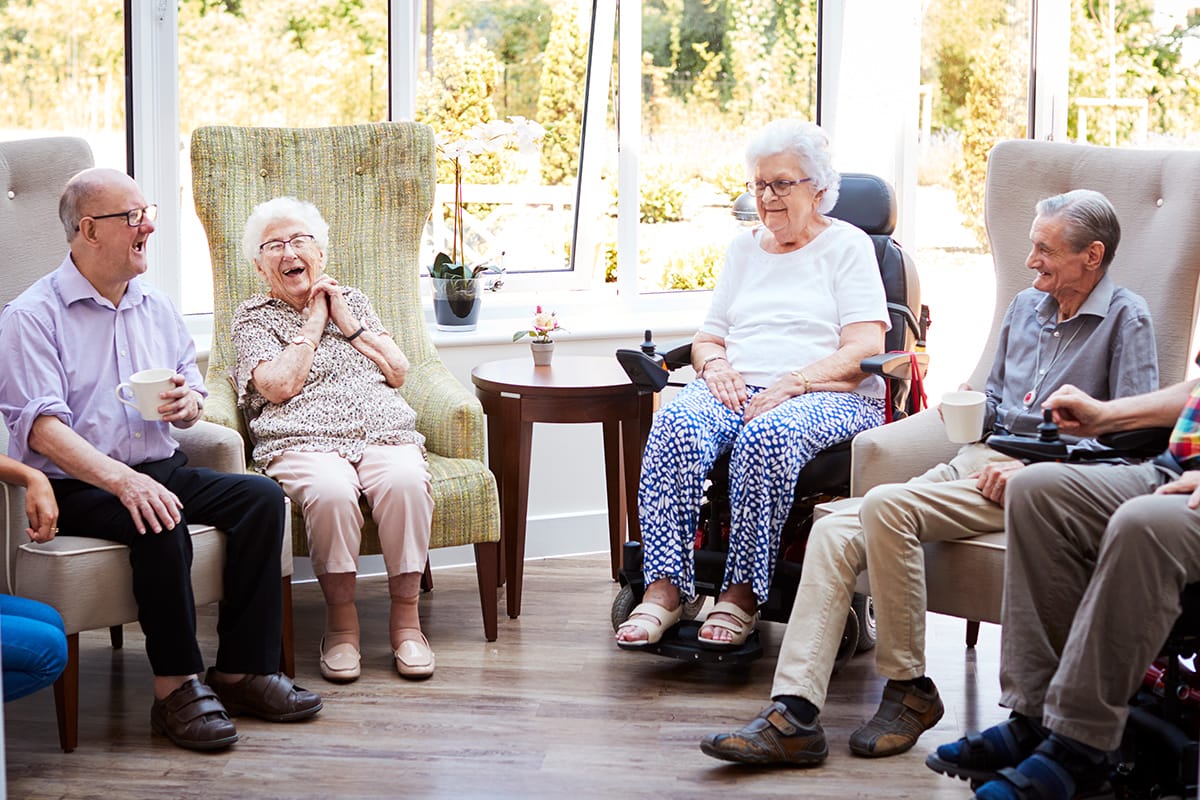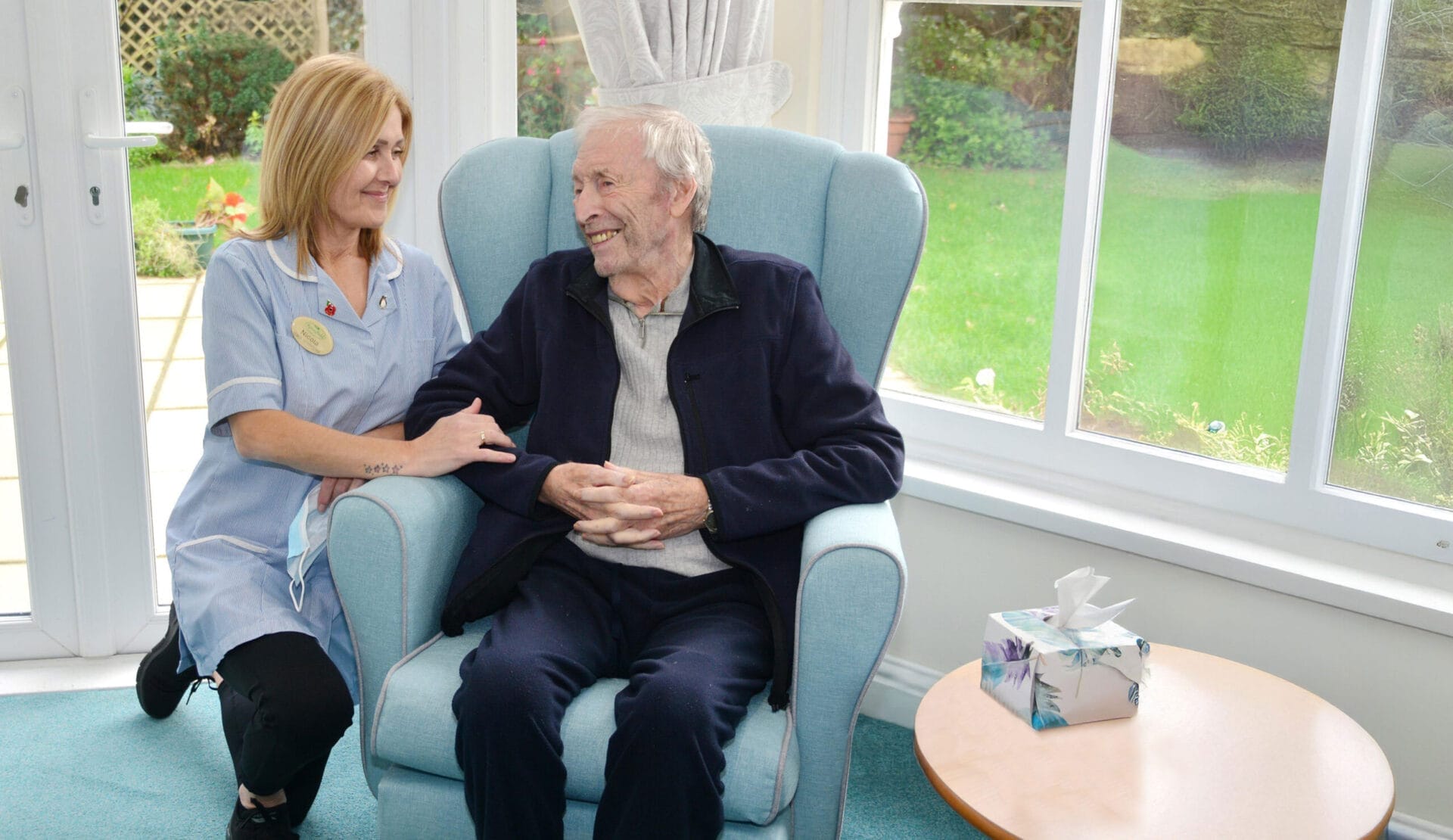Transitioning to a care home is a significant life change that can evoke a range of emotions and challenges for new residents and their families.
At Springfield Health Services, we understand the importance of making this transition as smooth and comforting as possible.
From your very first enquiry, you will feel compassion and support, with a team who have worked in care for many, many years and have supported hundreds of families in the same position you find yourself in. We will endeavour to answer your questions and allay any concerns. Our hope is that you feel the warmth of our homes as soon as you step through the door.
The process begins before the resident even arrives with an assessment to see whether we’re able to accommodate all of the potential resident’s needs and then we put together a comprehensive care plan.
This assessment period continues after the resident arrives at the home to make sure their care plan is developed and adjusted accordingly based on the resident and their family’s feedback.
We also find it useful to ask the family for as much information about the resident before they arrive, for example, their past interests, previous jobs, hobbies and what their daily routine looked like at home to try and maintain continuity after the resident arrives.
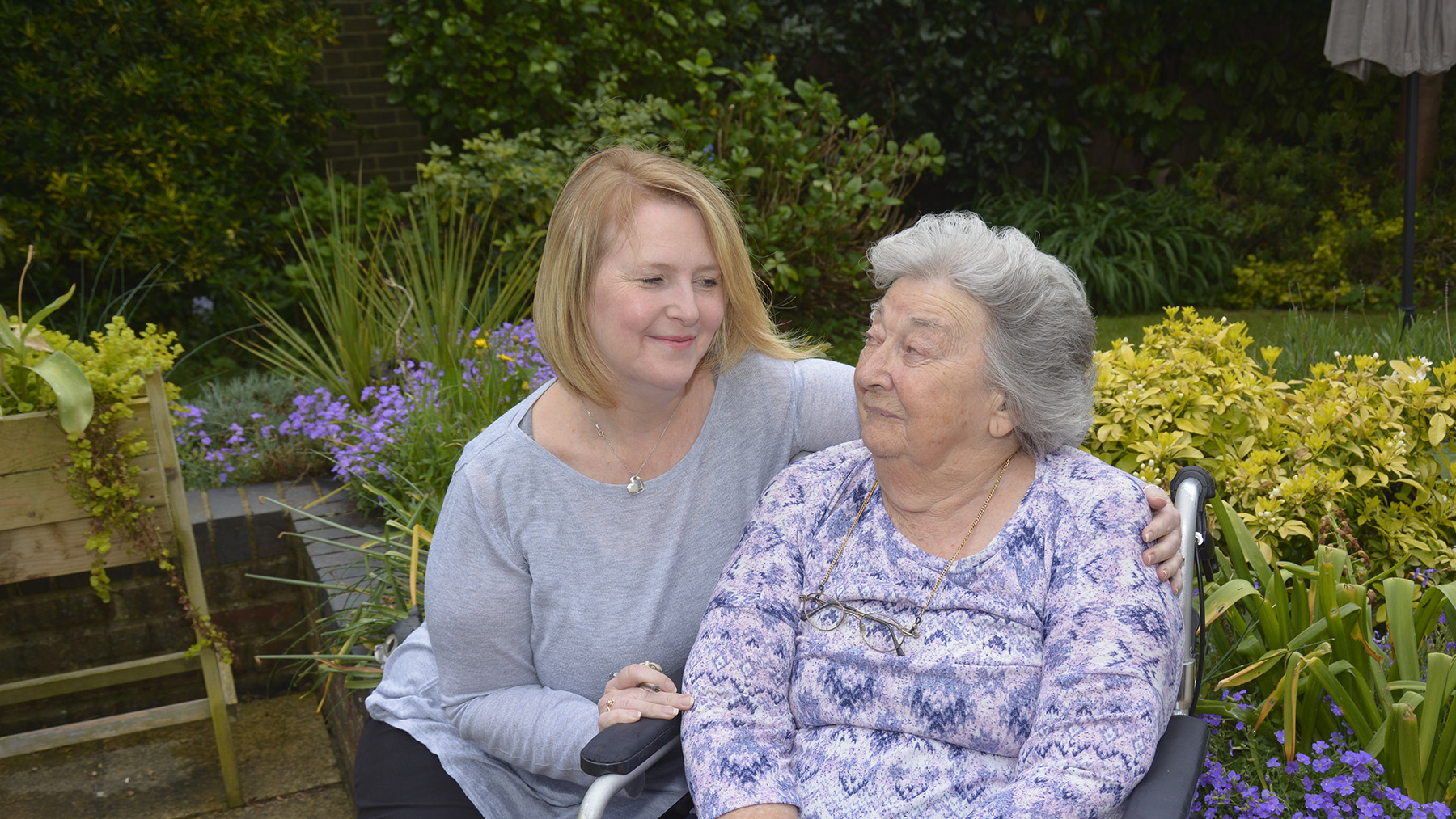
Residents are encouraged to bring as many personal items as they want from home to make their space feel like a familiar environment.
If you walk through the home now, you would see that every single room is slightly different based on how each resident has personalised their space with furniture, photographs, pictures on the wall and whatever else they would like.
When a resident arrives, we’ll support them through getting orientated with the home because coming into an unfamiliar environment can often lead to a bit of disorientation.
We’ll also check on them more often in the first few weeks, with more night checks, until we’ve got to know their full capabilities and where they might need a little bit of extra help.
When it comes to visitation, families are welcome to visit as much as they like, but we advise at the beginning that they stick to a visitation schedule that is sustainable long-term.
In the early stages of transitioning to a care home, by far the most common issue is acceptance.
We try to help this by making the move as smooth and comfortable as possible, but it has to be a joint effort between the staff and families.
We take a different approach to each resident on an individual basis, because everyone has their own unique concerns, but we try to minimise any distress for the residents and create distractions early on to keep their minds occupied rather than worrying about being in a care home full-time.
It’s about creating an understanding that while the residents may not want to be here ideally, they need to be and it’s the safest place for them.

This can start before they come to the care home by approaching the subject of going into care gently, perhaps start by suggesting a temporary or trial visit and then over time they will become more comfortable.
We also rely on receiving feedback from the families, especially early on, because a resident may not initially feel confident in telling staff about an issue they’re having.
For example, maybe a light in the ensuite being left on overnight is bothering them or whatever else it might be, the resident will be more inclined to discuss their concerns with their family than staff and so it’s really useful if this information is relayed to us so we can solve the problem quickly.
As we strive to make our Care Homes a warm, familiar place that feels like home, we invite you and your loved ones to partner with us in this journey.
Together, we can ensure that the transition into care is not just a necessity but a new chapter filled with comfort, dignity, and respect.



